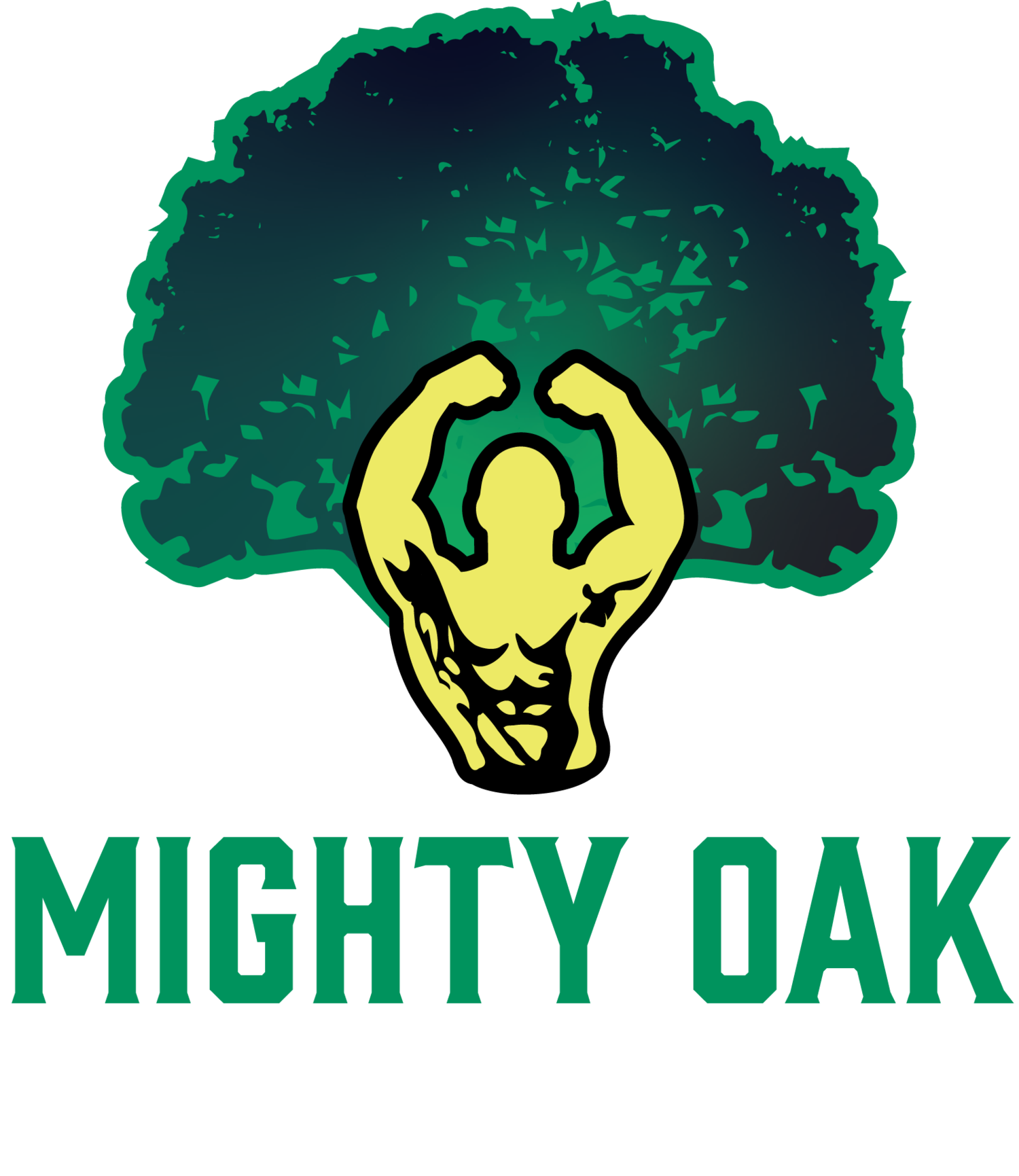Why Barefoot Strength Training Could Be the Key to Your Athletic Success
At Mighty Oak Athletic, we are committed to a barefoot approach to strength training and plyometrics—one that emphasizes the benefits in sports performance and injury prevention. This method is not just a novelty; it is rooted in a deep understanding of biomechanics, physiology, and athletic performance optimization. Below, we delve into the advantages of this approach and clarify some common misconceptions.
Enhancing Athletic Performance Through Barefoot Training
Barefoot training in strength and plyometric exercises offers several distinct advantages that contribute directly to improved sports performance:
1. Improved Proprioception and Sensory Feedback: Training without shoes enhances the sensory feedback from the feet, which are rich in nerve endings. This heightened proprioception helps athletes achieve better balance, coordination, and movement precision. These benefits are crucial during plyometric exercises where optimal foot placement can influence both performance and injury risk.
2. Strengthening Lower Limb Mechanics: Barefoot activities strengthen the intrinsic muscles of the foot and ankle, which are often underutilized in shod conditions. This strengthening provides a more stable base for all athletic movements, enhancing the effectiveness of plyometric exercises by improving force transfer through the lower limbs.
3. Natural Movement Patterns: Shoeless training promotes natural foot alignments and movements, reducing compensatory behaviors that can lead to overuse injuries. By allowing the foot to arch and flatten naturally, athletes can improve their overall mechanical efficiency, which is essential for both strength and plyometric training.
Debunking Myths About Barefoot Training
Myth: Barefoot training increases the risk of injury if a weight is dropped on the foot.
Reality: While safety is a primary concern, the protective advantage of typical athletic shoes against heavy weights is minimal. Training protocols at Mighty Oak Athletic emphasize technique and control to mitigate accident risks, regardless of footwear.
Myth: Training barefoot is less hygienic than wearing shoes.
Reality: Bare feet or socks can be cleaner than outdoor shoes, which carry dirt and bacteria from various environments. Our facilities uphold stringent cleanliness standards, ensuring that hygiene is maintained at the highest level during barefoot training sessions.
Scientific Support for Barefoot Training
Recent research underscores the benefits of barefoot training. A systematic review highlighted that plyometric training improves physical fitness attributes such as muscle power, speed, and agility in athletes, with barefoot conditions potentially enhancing these effects by improving foot mechanics and proprioceptive accuracy. Another study noted that barefoot training could significantly improve balance and postural control, further supporting its inclusion in athletic training programs.
Mighty Oak Athletic’s training philosophy is backed by scientific evidence and practical outcomes. By integrating barefoot strength and plyometric training into our routines, we not only enhance athletic performance but also fortify our athletes against injuries, ensuring they can perform at their best in all conditions.
By embracing barefoot or sock-only training, Mighty Oak Athletic not only adheres to the latest in sports science but also pioneers a path for enhanced athletic performance and health.
